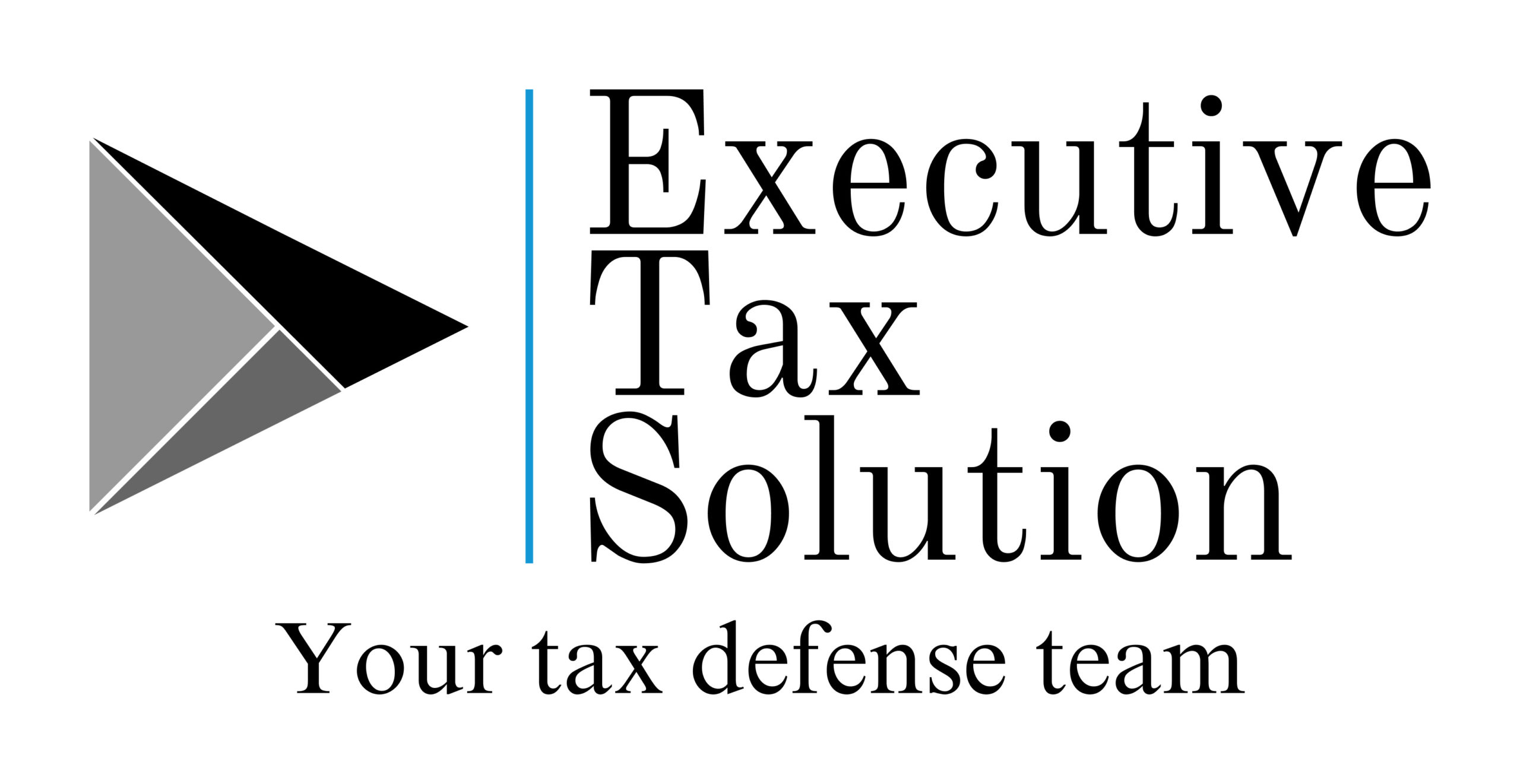Number Five of the Big Eight Resolution types
What is an Offer in Compromise, Exactly?
3 Ways to obtain an IRS Offer in compromise – The Offer in Compromise program is the IRS’s way of saying “We’re willing to negotiate.” It’s a formal process where you and the IRS agree on a reduced amount of tax owed.

There are three primary ways to qualify for an Offer in Compromise:
The Straight Up Offer in Compromise where you negotiate a total payment, Doubt as to Collectability, or Doubt as to Liability.
Think you may qualify for an Offer in Compromise? The first step is to fill out Form 656 – Offer in Compromise and submit it with your initial payment.
Start by filling out and wait for your Form 656 to be processed. Next, you will be assigned an IRS agent who determines your qualifications.
Professional Advice Suggested
You’ll also need to submit a Form 433 – Collection Information Statement. Similarly, this details information about your income, expenses, and assets.
One Year or You Are Good to Go
Now the negotiations begin. However, this is a lengthy process. Therefore, you must be patient and prepared for some back-and-forth communication. Surprisingly, you might wait up two years, or longer for an answer. However, the good news is that if the IRS fails to respond within 1 year of submission, your Offer in Compromise is AUTO-MAGICALLY accepted.
Once you win an agreement, you will sign a contract agreeing to pay the amount of your OIC.
Do not default on your payment plan or fail to file your taxes on time. Doing so revokes two years of hard work, making you responsible for the full and original amounts of taxes owed, plus interest and penalties.
About the Form 433
Form 433-F. This is why you hired an ETS gun. Our expertise is most valuable justifying your expenses and arguing your case. At ETS we fight for every penny and argue tax law to the agent until an agreement is made. Once accepted, your monthly payments begin until the agreed-upon amount is paid in full.
What if the Offer In Compromise is Not Right for You?
If an Offer in Compromise is not right for you, there are a few other options available. The main options are 1) an Installment Agreement or 2) Currently Not Collectible OIC status.
Ask the tax experts at Executive Tax Solution to help you understand your options.
Doubt as to Collectability
What if you owe the IRS more money than you can possibly pay? An Offer in Compromise (OIC) based on doubt as to collectability is now your main tool. We will now argue and prove to the IRS that paying the full, owed amount is impossible so a deal must be made that satisfies your lifestyle, realistically.
Self-Employed Considerations
Are you self-employed? Now you’ll show all of your business income and expenses.
Once again, if you’re not sure if you qualify for an Offer in Compromise, the best way to find out is to speak with a tax professional. They can help you gather the necessary documentation and evidence to support your case.
No OIC Guarantees
Keep in mind that the IRS is not required to accept your Offer in Compromise. This is true even if you qualify. The sad fact of the matter is that only 16% of OICs are accepted each year. So the paperwork has to be correct – so do the facts you present to the IRS. This is why having an Enrolled Agent like those you can hire at Executive Tax Solution is so crucial. We know how to fight for your rights.
Your Offer in Compromise is Accepted, Congrats
Once the OIC is accepted, honoring your word and making timely payments will keep the IRS goons away form you. Defaulting will revoke your OIC, making you responsible for the full amount of taxes owed, plus interest and penalties.
What is Doubt as to Liability?
We use Doubt as to liability to argue that the taxpayer cannot possibly owe the taxes reported by the IRS. Agency errors are common, despite this being the most powerful collection agency on the planet. We challenge the IRS to re-examine their records and prove their case. When they fail, we are Scott-free.
Once the IRS agrees that there is doubt as to your liability, your debt is cancelled and all levies or liens against your property are released.
Offer in Compromise Pre-Qualifier
- Plan for an Offer in Compromise by gathering the following: detailed information about your income, expenses, and assets.
- Use this information to calculate your disposable income, which is the amount of money you have available to pay your tax debt.
- If you’re self-employed, provide proof of your business income and expenses.
- Use the pre-qualifying tool link here to make a determination. OIC PREQUALIFIER.
- If it looks like you qualify submit an application.
- The application process can be complex, so it’s important to have a tax professional on your side. They can help you gather the necessary documentation and navigate the process.
EXECUTIVE TAX SOLUTION MAY BE THE ANSWER
Recap
In conclusion, the Offer in Compromise (OIC) option is available to tax payers when negotiating with the IRS. Executive Tax Solution experts specialize in determining OIC qualifications.
Proving your inability to pay the full amount of tax debt is your first step in the OIC process. You must provide information about your income, expenses, and assets. If you’re self-employed, you must provide your Profits & Losses Statements.
We’ll negotiate with the IRS on your behalf to reach a settlement agreement.
We understand the ins and outs of the Offer in Compromise process. Above all, we have a proven track record of successful negotiations.
Contact ETS today to learn more about how we can help you with your Offer in Compromise application.
We can be reached @ (469) 262-6525 – Or you may set an appointment @ the following Link – APPOINTMENTS

